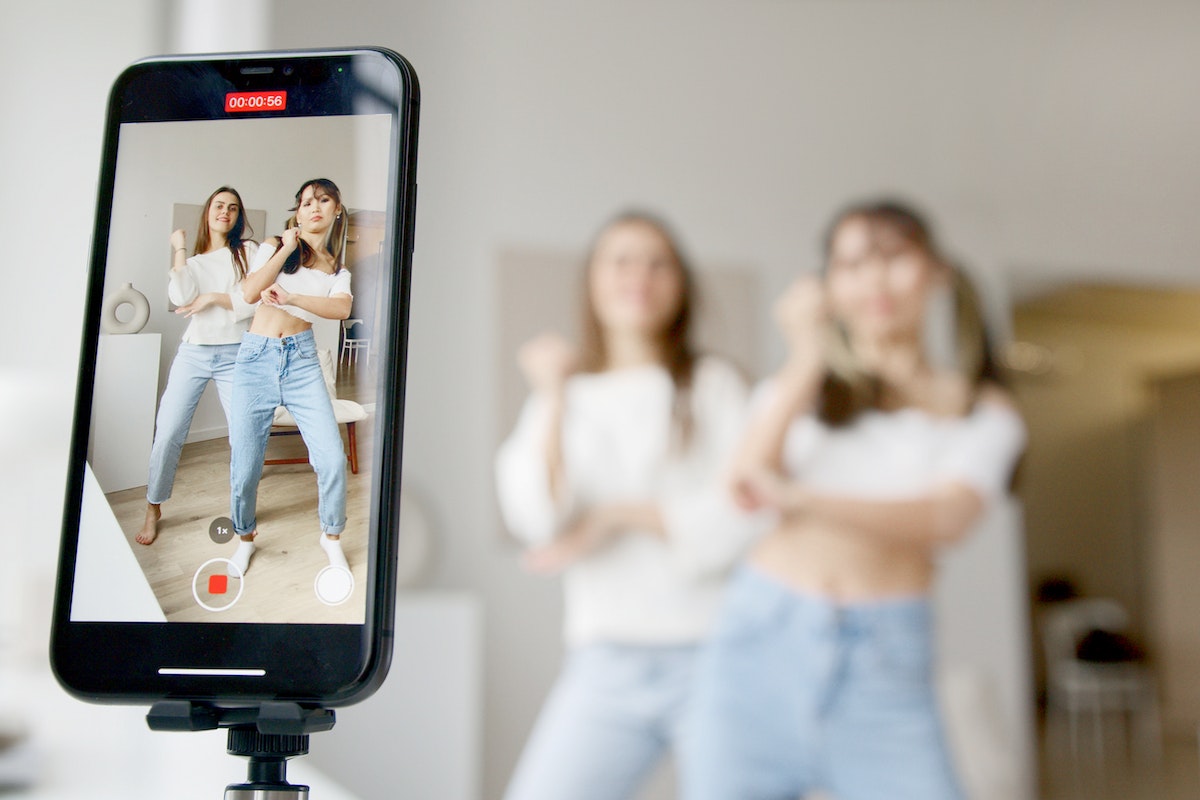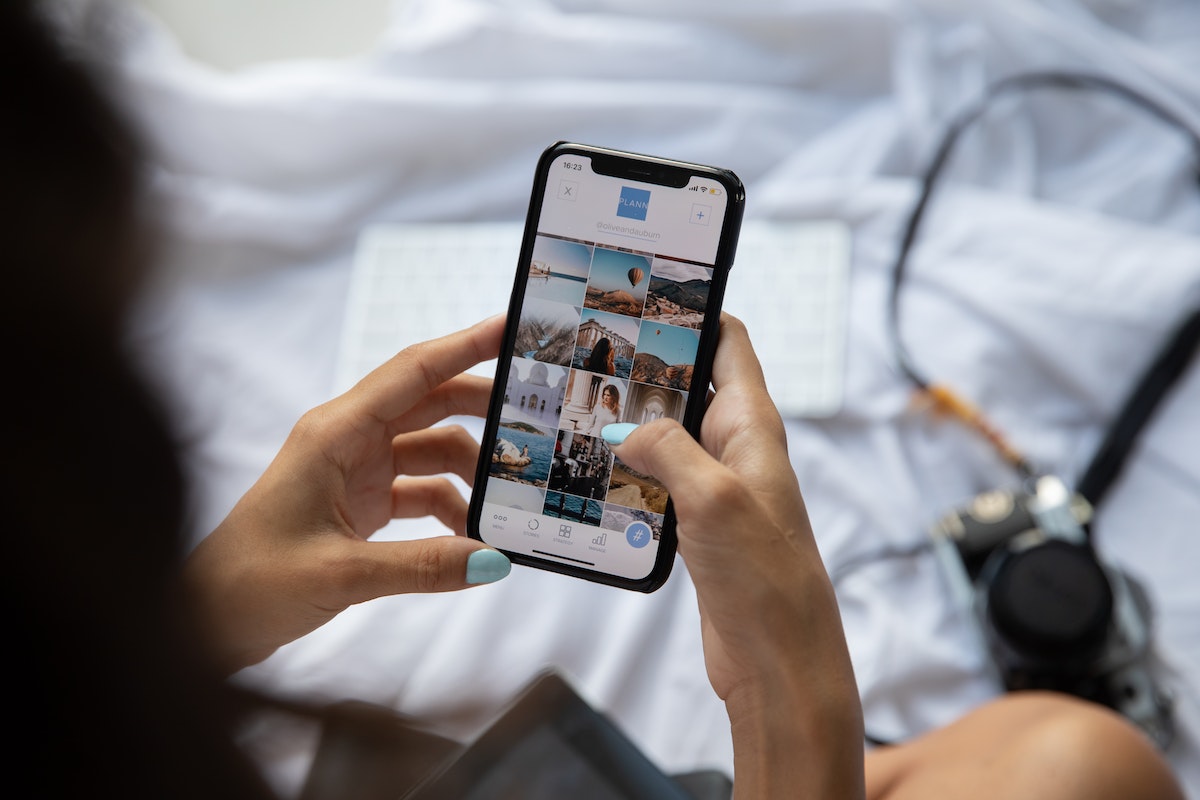Influencer marketing is a form of social media marketing where brands use product mentions and endorsements from individuals with significant levels of social following. Such persons with large followership bases are called influencers and are considered experts in their industries or niches. Generally, influencer marketing thrives because of the trust followers have in social influencers. Their recommendations serve as forms of social proof to potential buyers of the products they promote.
Today, various individuals have turned social media influencer marketing into full-time careers, with some influencers launching their own brands. This trend gained high momentum in the post-pandemic era when most people relied on their technology devices to connect with the outside world due to restrictions on face-to-face interactions. As a result, social media platforms gained more usage, and influencers with authority in specific niches gained more followers. More businesses entered into partnerships with such influencers to grow their customer bases.

If you’re considering incorporating influencer campaigns into your digital marketing strategy, it’s crucial to keep an eye on the general trends of influencer marketing. You should also research how other brands in your industry are leveraging this form of marketing. That way, you’ll know how to tailor your influencer campaigns for the best outcomes. Through preliminary research, you’ll also know the social platforms, types of influencers, and nature of content that will help you engage your target audience. For instance, whether you focus on pictures or video content would depend on what you’re promoting and your target audience’s interests. Keep reading to discover the latest influencer marketing trends in 2022.
1. Micro and Nano-Influencers
When people talk about influencers, they often refer to social media celebrities who have millions of followers. But in making product recommendations through influencer marketing, massive followings are no longer as important. Influencers with more followers may not always be best for businesses’ influencer strategies.
Nowadays, brands opt for micro and nano-influencer partnerships when promoting their products or services. This is because influencers with fewer followings usually have more refined audiences and niche communities, making them suitable for impacting buyer decisions. Also, micro-influencers often have better engagement with their followers, which increases their potential impact on marketing campaign results.
2. Increased Popularity of Video Content
Videos have become very popular in the influencer marketing space; that’s why influencers on platforms such as TikTok and YouTube are making significant profits. When you ask the question ”how much do YouTubers make?” you should think about full-time content creators who create high-quality videos multiple times per week. The demand for more engaging content led to the popularity of video content in various niche communities. As a result, businesses prioritize influencer marketing through videos.
Video content doesn’t have to be perfectly polished because it may take away the genuineness that allows viewers to connect with the message passed on to them. The focus should be on engaging followers by providing relevant and valuable video content.
3. On-Going Influencer Partnerships Over One-off Sponsorships
Brands and influencers now join forces together for long-term projects instead of one-off sponsorships. This influencer marketing trend is primarily due to the fact that the customer’s buying journey takes time. So, no matter how much an influencer engages their audience, they may find it challenging to make any real impact on their followers’ buying decisions when commissioned for a one-off sponsored post.
The best way to reap the benefits of influencer marketing is by entering partnerships that include several sponsored posts over an extended period. This approach will likely create an authentic connection with the brand being marketed. The continuous promotion of different aspects of the brand deepens a positive brand association, drives action, and increases brand loyalty.

4. More Representation
There is more emphasis on representation and diversity in today’s society; this trend is also seen in the influencer marketing space. Influencer agencies are now more devoted to increasing the representation of influencers regardless of race or gender. Generally, the mission of such agencies is to inspire brands to enter partnerships with influencers from minority groups, ensuring equal wages for all.
Both customers and influencers analyze marketing campaigns and branded messages to ensure everyone is represented. Brands are also shifting their corporate cultures to eliminate exclusivity and embrace inclusivity.
5. The Rise in Performance-Based Influencer Marketing
There has been an increase in performance-based influencer marketing as brands enter into long-term partnerships with influencers. Clients now expect influencers to deliver specific results in terms of sales volumes or number of clicks. In fact, brands ask to see the performance report and engagement rate of prospective influencers before entering contracts. They often use third-party influencer tools such as NeoReach and SocialRank in conducting their research. Due to this demand, many who find influencers opt for ongoing royalties instead of accepting single payments. It’s best for influencers to carefully review any contract before signing or guaranteeing specific returns.
As performance-based contracts increase, brands and influencers now work closely together in planning campaigns. And data plays a pivotal role in influencer marketing in 2022 because there’s more interest in tracking social media marketing metrics. These metrics help brands to assess whether influencers delivered on their promises.
6. The Power of Authenticity
Authenticity has become paramount in influencer marketing. As influencers create content for brands, they are also careful to ensure that the products they promote resonate with their audiences. No matter how engaging an influencer is, they can’t automatically make their followers interested in products they don’t care about.
If influencers try to force products on their audiences, they may lose credibility in the eyes of their followers, and the brands they’re promoting won’t benefit from such partnerships. Therefore, it’s best for influencers to partner with brands and other influencers whose audiences complement theirs.
7. More Specialization in the Influencer Marketing Space
One of the latest trends is that influencers now carve out niches for themselves. They develop expertise in specific niches or industries, making brands in those sectors seek them. Influencers should choose industries they’re most passionate about and enter partnerships with brands that align with their interests.